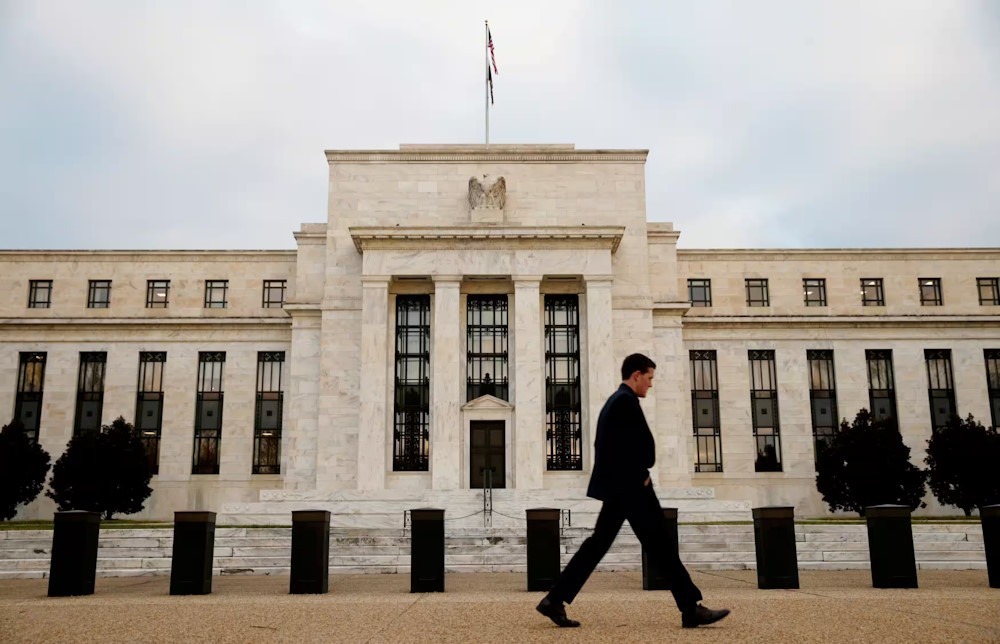Federal Reserve concerns beyond just inflation

The U.S. economy is experiencing a decline in momentum. The current growth trends, if they persist, could become a cause for concern among policymakers, although it hasn’t reached that point yet.
Investors’ attention on Friday was primarily directed towards the personal-consumption expenditures price index, which was included in a set of data released by the Commerce Department. That is a logical choice as it is the Federal Reserve’s favored gauge of inflation and will aid in their determination of whether or not to reduce rates prior to the U.S. presidential election in November. However, the data on underlying economic activity proved to be more significant.
In April, the PCE price index increased by 2.7% compared to the previous year, which was in line with the expectations of economists and remained unchanged from the previous month. The core PCE price index, which the Fed prefers and excludes food and energy, increased by 2.8%, slightly exceeding expectations.
Of particular significance were the statistics regarding personal income and consumption. Income levels increased by 0.3% compared to the previous month, which was in line with what was anticipated and slightly lower than the 0.5% growth observed in March. Personal spending increased by only 0.2%, falling short of expectations and showing a slowdown from the 0.7% growth seen in March. Consumption and disposable incomes both experienced a 0.1% decline in real, inflation-adjusted terms.
It appears that consumers are now feeling the effects of years of inflation, which is gradually depleting their savings. This is a concern that companies selling non-essential products, such as Starbucks and Kohl’s, have mentioned in their public reports. According to BMO Capital Markets Chief Economist Scott Anderson, the savings rate in April remained unchanged from March at 3.6%, which is significantly lower than the 12-month average of 5.2%.
Furthermore, on Friday, the Chicago Business Barometer, which serves as a measure of economic activity in the region, experienced a decline from 37.9 in April to 35.4 in May. This particular regional PMI appears to be more significant than others, although it is important not to overstate its importance. According to FactSet, it reached its lowest point since May 2020, which coincided with the lockdown period of the pandemic.
Following a downward revision in first-quarter gross domestic product growth on Thursday, the recent readings have added to the concerns. The decline in consumption estimates indicates a weakening consumer, pointing to a potential slowdown. According to a recent analysis by Capital Economics, growth in the second quarter is projected to be 1.2%, which is significantly lower than their previous estimate of 2.7% made a few weeks ago.
Simply put, it’s becoming increasingly difficult to overlook the signs of a slowdown. This may not begin to impact the calculations of the Fed until it becomes more evident in the monthly payroll figures. Despite a slight slowdown in April, the addition of 175,000 jobs was still considered decent. The report for May is scheduled to be released on Friday.
However, it is important to note that changes in the labor market are well-known for being a lagging indicator, which implies that they tend to appear later than other indicators when there is an economic shift. There are already clear indications of what’s to come.





